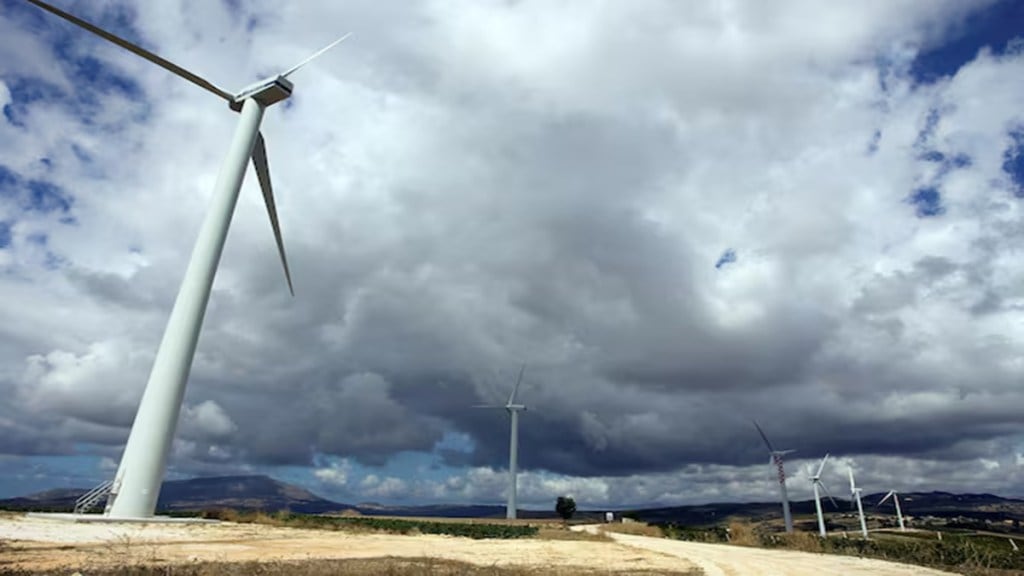India is likely to add 30 gigawatt (GW) of renewable energy capacity over FY25 to FY26 backed by continued policy support, availability of liquidity and established growth plans of some large corporate players, reduced equipment prices, and waiver of interstate transmission system charges, analysts say.
“The power supply situation is expected to improve with the increased pace of capacity additions, led by renewables. However, the energy transition towards renewables will continue to hinge on the development of hybrid & energy storage capacities and a commensurate increase in evacuation infrastructure,” said Bhanu Patni, Associate Director, Corporate Ratings, India Ratings.
The country’s total installed non-fossil fuel capacity increased to 214 GW in November 2024, up over 14% as compared to the 187.05 GW in the same period last year. Between April and November of 2024 alone, India added nearly 15 GW of RE, almost double the level of 7.57 GW added during the same period last year. In the calendar year 2024, the country added 27 GW of RE capacity.
The agency expects the average merchant market prices to remain in the range of Rs 4.5-5 per unit over FY25-FY26, amid an improved power supply position led by capacity additions. The weighted exchange tariffs moderated to Rs 4.35 per unit in the first eight months of the current fiscal year, led by a moderation in the power demand due to the excess rainfall during the year and improved supply.
Apart from renewables, the country is also expected to add 4 GW each of nuclear capacity and hydro capacity over the next three years. “We believe that nuclear and hydro projects would remain exposed to execution risk, given the long gestation period on account of geological and technological aspects,” the agency said.
Analysts see the energy transition towards renewable capacity to remain dependent on the progress of addition and development of hybrid and energy storage capacities, the increase in renewable power purchase obligations, and a commensurate increase in evacuation infrastructure.
Furthermore, the domestic solar module manufacturing capacity is also estimated to cross 115 GW over the next two years from the current 67 GW.
“There is an increased thrust for domestic content requirements in renewables under the CPSU (Central Public Sector Undertaking) scheme, PM Kusum Scheme, and solar rooftop schemes. The government is also considering introducing an Approved List of Models and Manufacturers for solar cells such as in modules to boost the manufacturing capacity. However, an inflationary price scenario amid the higher cost of production of domestic cells and modules and a high basic customs duty on imports could create pricing pressure for developers,” India Ratings said.
The agency expects the overall plant load factor of thermal power plants to remain healthy at around 70% during FY25 and FY26, led by a continued higher thermal power contribution to the total power generation. This will be attributed to continued power demand growth of 5.5%-6% annually, an increase in the domestic coal production, and a continued dependence on coal-based generation.


